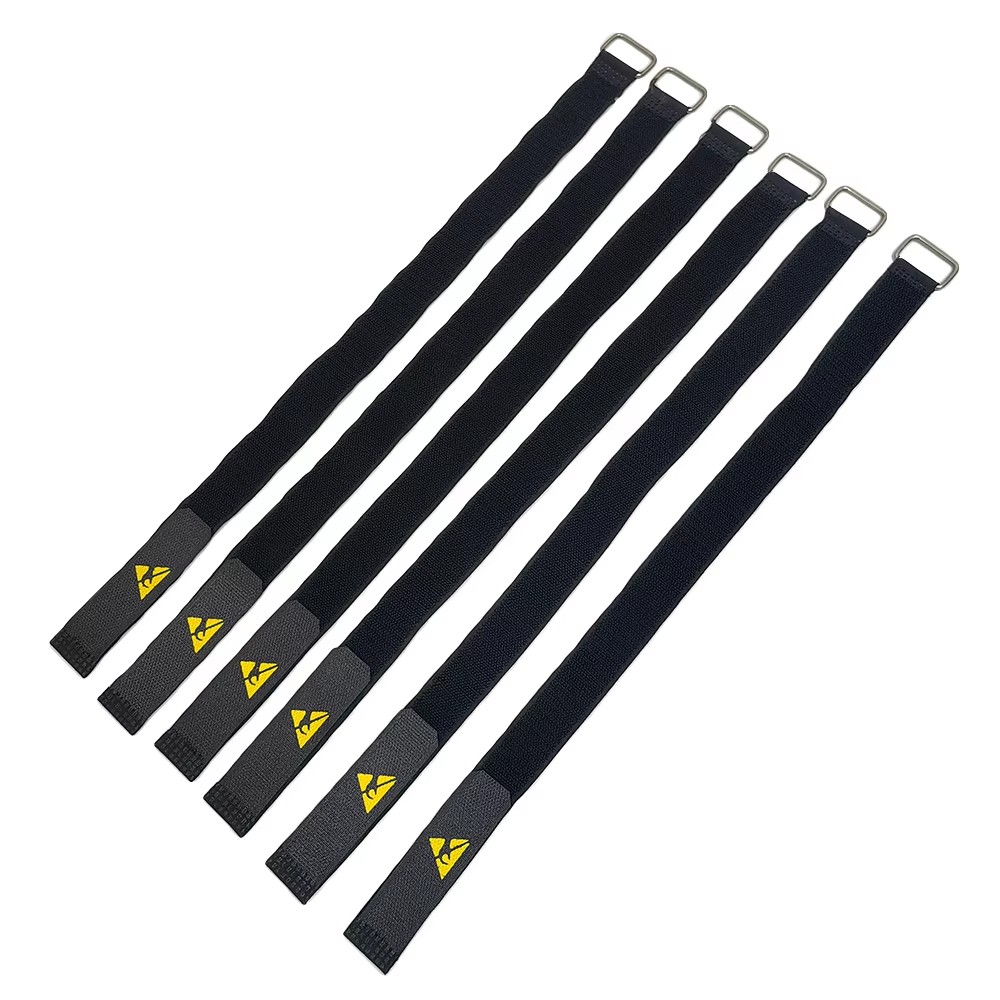Conductive and non-conductive IC tube and tray straps are specialized toolsused in the handling and transportation of integrated circuits (ICs)
and other sensitive electronic components.
These straps help secure IC tubes or trays during storage, shipping, or assembly processes,
while also addressing electrostatic discharge (ESD) concerns. Here's a breakdown of their features and uses:
1. Conductive IC Tube and Tray Straps
Material: Made from conductive materials such as carbon-filled polypropylene or other ESD-safe materials.
Purpose: Designed to prevent electrostatic discharge (ESD) that can damage sensitive electronic components.
They provide a path for static electricity to dissipate safely.
Applications:
Used in ESD-protected environments like cleanrooms or electronics manufacturing facilities.
Ideal for securing IC tubes or trays containing static-sensitive components.
Benefits:
Protects components from ESD damage.
Durable and reusable.
Ensures safe handling and transportation of ICs.
2. Non-Conductive IC Tube and Tray Straps
Material: Made from non-conductive materials like standard polypropylene or plastic.
Purpose: Primarily used for mechanical securing of IC tubes or trays without addressing ESD concerns.
Applications:
Suitable for non-ESD-sensitive components or environments where ESD protection is not required.
Often used in general storage or transportation of non-sensitive parts.
Benefits:
Cost-effective solution for securing IC tubes or trays.
Lightweight and easy to use.
Available in various sizes to fit different tube or tray dimensions.
Key Considerations When Choosing Straps:
ESD Sensitivity: Determine whether your components require ESD protection. If so, opt for conductive straps.
Size and Compatibility: Ensure the strap size matches the IC tube or tray dimensions.
Durability: Consider the environment in which the straps will be used (e.g., high-temperature or harsh conditions).
Reusability: Both conductive and non-conductive straps are typically reusable, but check for wear and tear over time.
Common Uses:
Securing IC tubes or trays during shipping.
Organizing components in storage or assembly lines.
Preventing spillage or damage to components during handling.
By selecting the appropriate type of strap (conductive or non-conductive),
you can ensure the safe and efficient handling of ICs and other electronic components.


